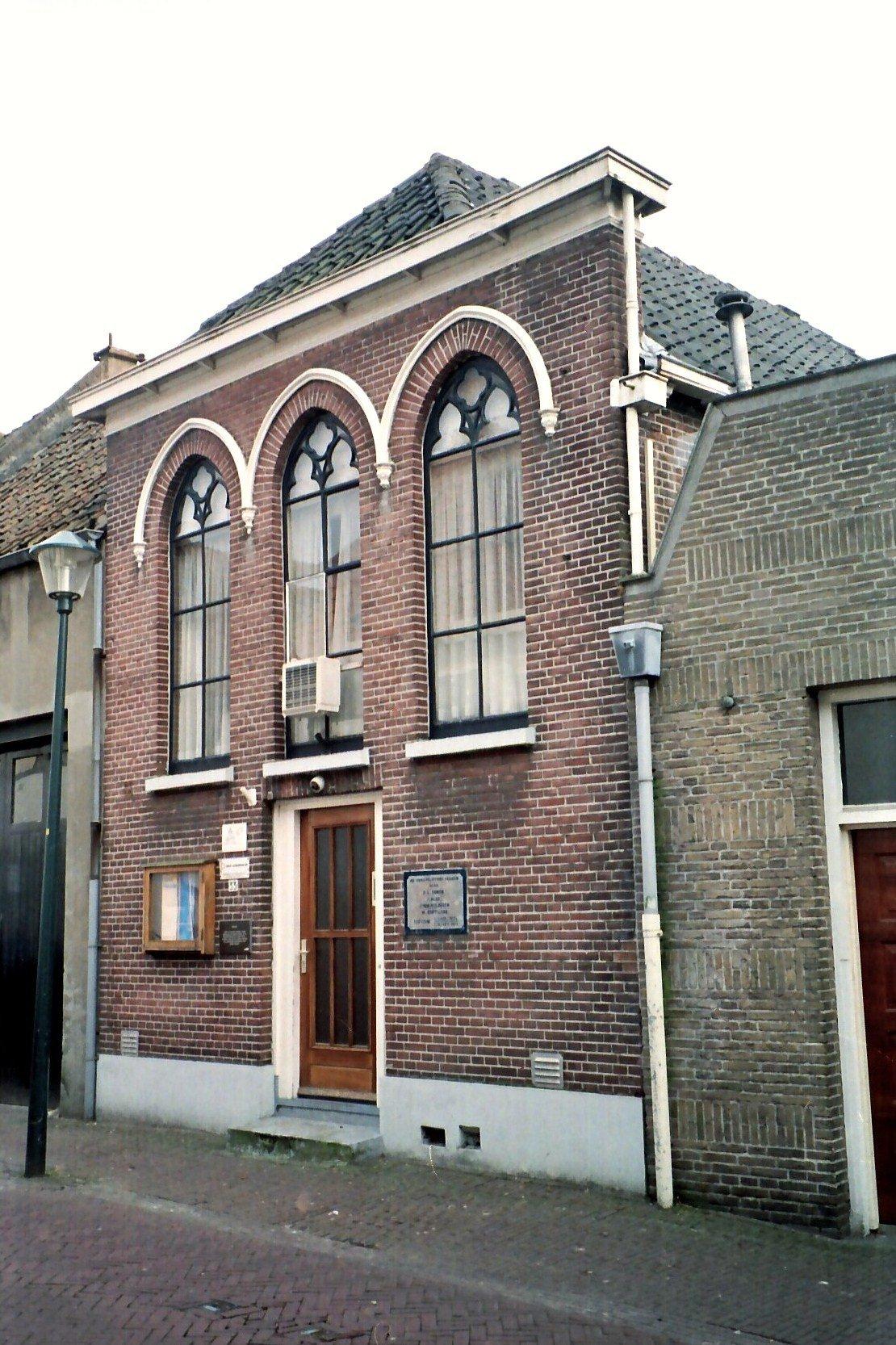Synagogue in Hattem

The synagogue in Hattem was consecrated in the year 1873. The front façade of the building is adorned with a cornice, pointed arched windows and Neo-Gothic ornamental details. The independent Jewish community of Hattem ceased to exist in 1954. The former synagogue has since been redeveloped as an office and business premise. The Stichting Hattemse Stadkern supports the plans of both the restoration of the building and its reuse as a cultural center.
About this building
For more information visit on this building visit http://historicsynagogueseurope.org/browser.php?mode=set&id=25259


